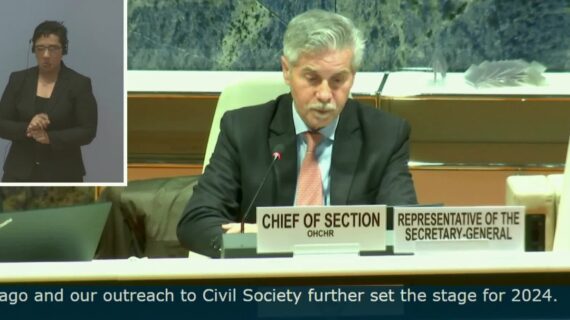Hearing aid service delivery approaches for low- and middle-income settings
Globally, it is estimated that while over 400 million people could benefit by using hearing aids alone, fewer than 20% have access to use these devices (1, 2).
This immense gap poses a significant challenge worldwide, especially since unaddressed hearing loss is a leading cause of morbidity (3) and incurs an annual global cost of 980 billion international dollars (4).
One of the main limitations to accessing hearing aids is the lack of diagnostic and rehabilitative services, especially at primary and secondary levels of care. This is due to the small number of specialists in ear and hearing care, and to their poor territorial distribution which is more evident in low- and middle-income countries (1).
This document describes approaches proposed by the World Health Organization (WHO) to narrow the gap by delivering hearing aid services in low- and middleincome settings provided by trained non-specialists at the primary level of care. The approaches are based on the strategy of task-sharing outlined in the World report on hearing (1) and are accompanied by useful community resources and an online







